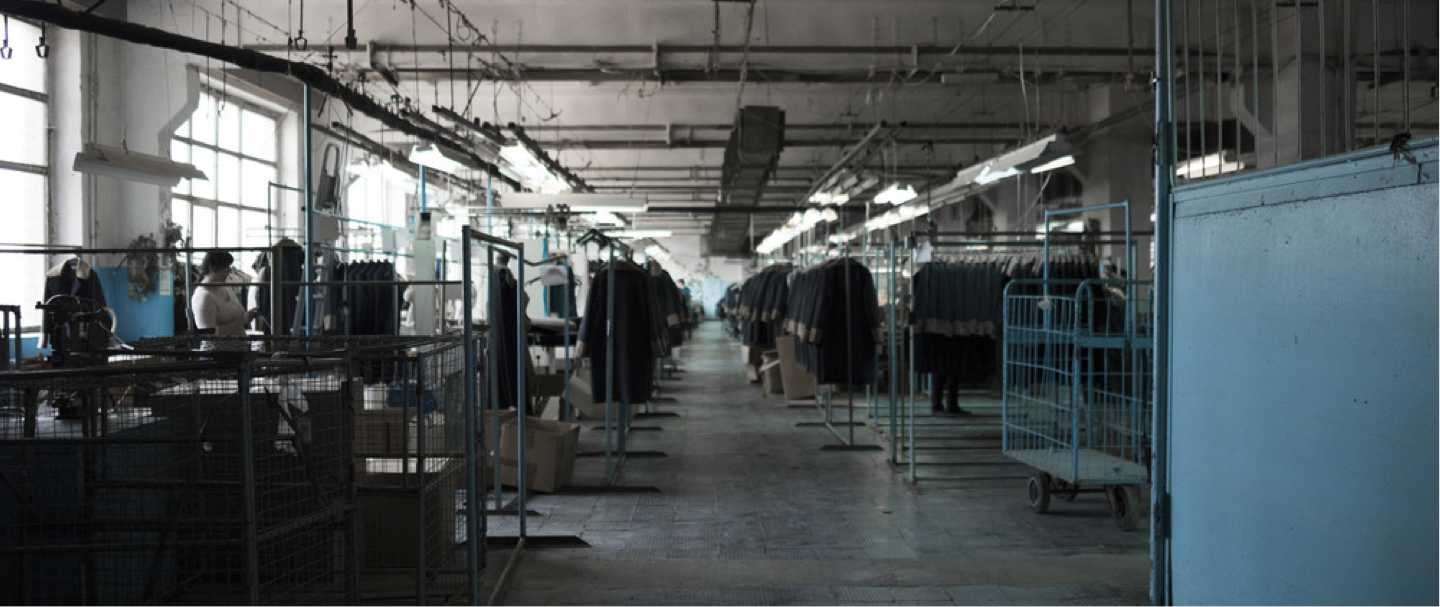Our Research Methodology
We sent more than 90 brands questionnaires to give them the opportunity to showcase the efforts they are making towards paying a living wage to all workers in their supply chain and to disclose their production locations (if they had not done so through the Transparency Pledge). Our emphasis is on expressing the brands’ efforts to pay a living wage through SMART data collected via this research in a transparent and comprehensive format for consumers, garment workers and policy makers. It is hoped that, in the long term, brands representation on Fashion Checker will become a component of a brand’s due diligence and CSR validation process.
Because of the challenging context, including workers’ reluctance to speak with researchers for fear of reprisal, field research at workplace level has initially only been carried out in five countries where access to garment workers is guaranteed; Indonesia, China, Croatia, India and the Ukraine. We collected workers’ payslips, conducted interviews to interpret the information the payslips provide, disaggregated by gender (e.g. on gender pay gaps, work responsibilities, working hours,bonuses, overtime). We then checked these wages against the response given by brands on their living wage benchmarks and the percentage of suppliers paid according to this benchmark. We will be adding data from more countries as this project progresses.
We worked with WikiRate, an open data expert, on the aggregation and consolidation of the supply chain information released by brands. We also use the data gathered by the Open Apparel Registry and OpenCorporates among others. This database, as well as datasets from trusted partners with long running experience makes this evidence available to the public in a user-friendly way. We tested various methods of presenting this data with the help of experts in usability, Semcon.




